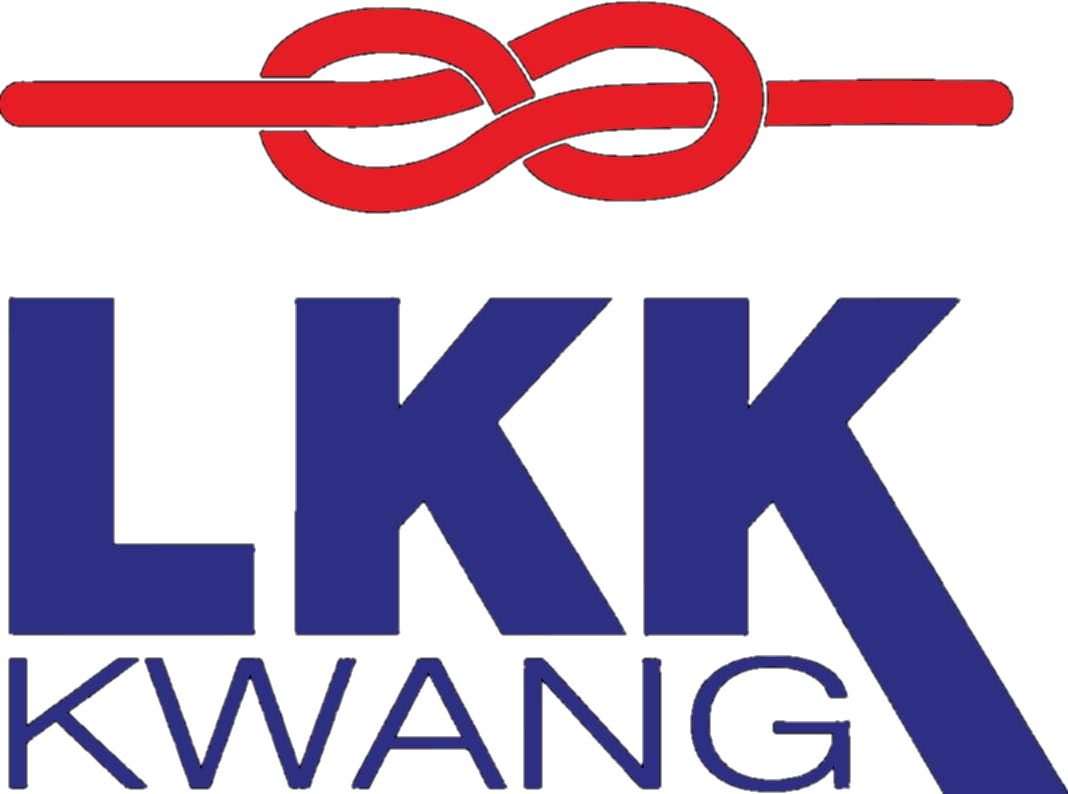TRAWL NET
Efficient Design for
Optimal Fish Capture

A trawl net is a specialized fishing net designed to catch fish by dragging it through the water behind a boat. This type of net is particularly useful for targeting fish that dwell near the ocean floor or in mid-water, where other fishing methods might be less effective. The net is towed through the water, capturing fish as they swim into it. Its design allows for a large volume of fish to be caught in one operation, making it a popular choice in commercial fishing. By adjusting the net's size and shape, fishermen can target different species and sizes of fish, making trawl nets versatile tools in the fishing industry.

BASIC STRUCTURE
Mouth
The mouth of the trawl net is the wide, open front section designed to capture fish as the net is towed through the water. It includes the head rope, footrope, and wings, which help maintain the net's open shape and guide fish into the net.
Body
The body of the trawl net is the central section that gradually narrows, directing the fish from the wide mouth toward the codend. It includes the belly, throat, and square, which work together to funnel and stabilize the catch as the net moves through the water.
Codend
The codend is the final section of the trawl net, where the captured fish are collected. It has a smaller mesh size to ensure that the fish are securely retained until the net is hauled in.



Warp
The cable or rope that connects the trawl net to the fishing vessel, used to tow the net through the water.
Otter Board
Large, flat panels attached to the sides of the net, keeping the mouth of the net open horizontally by spreading it wide.
Bridles
Lines that connect the otter boards to the wings of the net, helping maintain the net's wide opening.
Head Rope
The rope running along the top edge of the mouth, equipped with floats to keep the net’s mouth open vertically.
Foot Rope
The rope along the bottom edge of the mouth, weighted to keep the net in contact with the seabed.
Float
Buoyant objects attached to the head rope, helping to lift and keep the upper part of the net open in the water.
Sinker
Weights attached to the footrope, ensuring that the bottom edge of the net stays close to the ocean floor to capture bottom-dwelling fish.
KEY COMPONENTS
The trawl net is usually conical, with a wide mouth tapering down to the codend. At right is a simplified diagram of the trawl net structure:
These components work together to maintain the proper shape and functionality of the net in the water for effective fish capture.

KEY COMPONENTS
The trawl net is usually conical, with a wide mouth tapering down to the codend. At right is a simplified diagram of the trawl net structure:
The cable or rope that connects the trawl net to the fishing vessel, used to tow the net through the water.
Large, flat panels attached to the sides of the net, keeping the mouth of the net open horizontally by spreading it wide.
Lines that connect the otter boards to the wings of the net, helping maintain the net's wide opening.
The rope running along the top edge of the mouth, equipped with floats to keep the net’s mouth open vertically.
The rope along the bottom edge of the mouth, weighted to keep the net in contact with the seabed.
Buoyant objects attached to the head rope, helping to lift and keep the upper part of the net open in the water.
Weights attached to the footrope, ensuring that the bottom edge of the net stays close to the ocean floor to capture bottom-dwelling fish.
These components work together to maintain the proper shape and functionality of the net in the water for effective fish capture.
